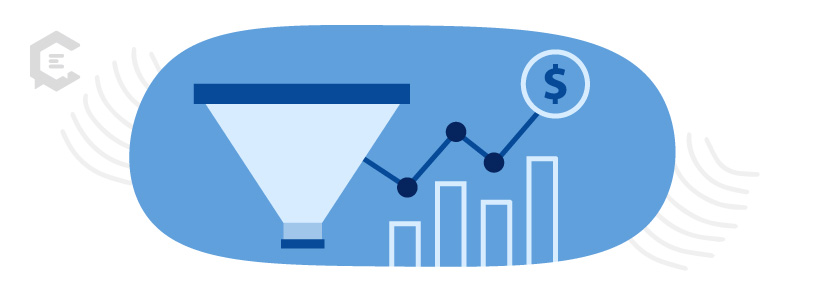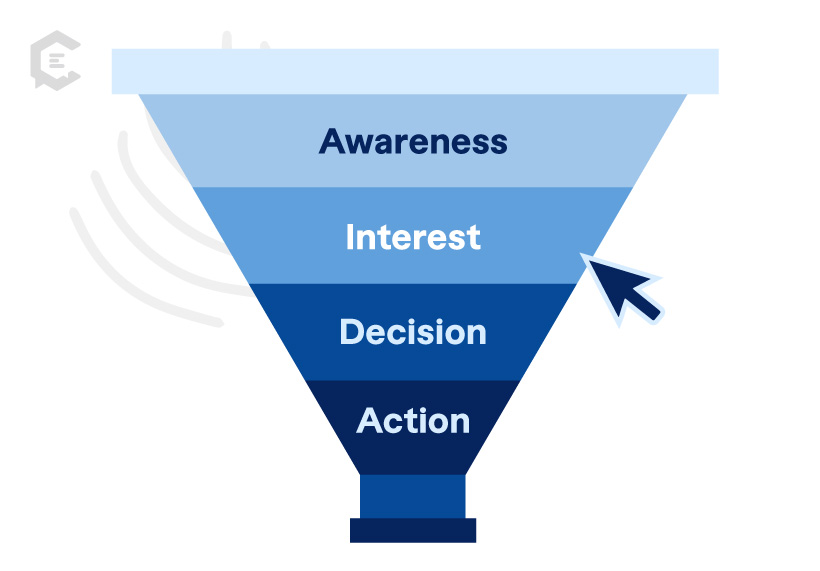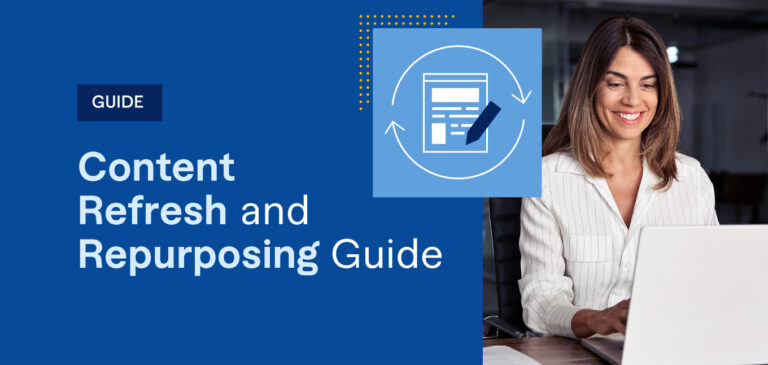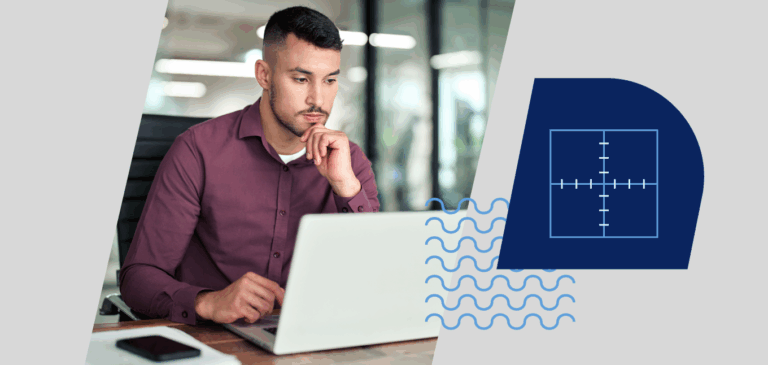Turning leads into customers is a vital part of a business’s survival. Landing pages and click funnels are two tools business owners and marketers use to help achieve that objective.
Although these two things might seem similar, they have important differences and serve different purposes.
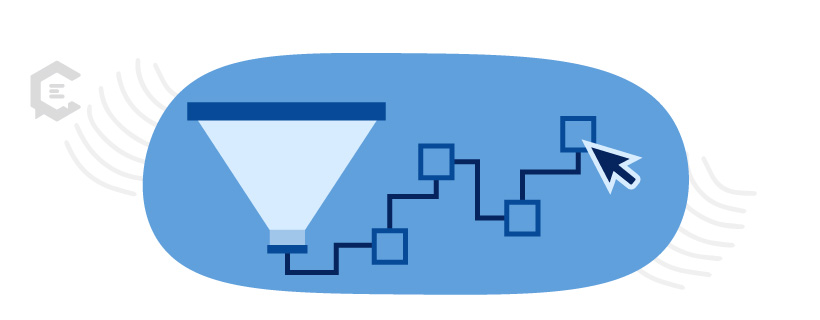
How do click funnels differ from a landing page?
A landing page is a standalone web page where traffic is sent from various digital marketing channels, such as online banner ads, social media sites, or email marketing campaigns. Simply, a landing page is the page of your website that a new visitor usually lands on first.
Often, you can create separate landing pages depending on the channel you’re using, which makes reporting easy. The marketer can determine which channel is working effectively based on which landing page is getting the most hits.
Click funnels are a marketing strategy as opposed to landing pages. When a user reaches the landing page, the choices they make from that point on are largely uninfluenced. The user is free to select where they want to go next, normally from a header or footer menu or embedded links on the landing page itself.
A click funnel, however, guides the user through a step-by-step process using a variety of influences, the most common goal being a completed sale by the end of the funnel. A click funnel can be a series of pages, emails, actions, or notifications that move customers through the sales process. Click funnels can serve as important information-gathering tools as well.
What are the benefits of a good click funnel?
Think of click funnels like a trail through the woods. Sure, one of your prospective customers could go anywhere they wanted to in the woods, but your trail will lead them to a positive outcome in the end. A click funnel sets up the steps that will get them to that outcome.
The journey they complete will help you build relationships with your customers at every stage of the process. It will offer them benefits, as well, by giving them the information they’re looking for in a timely and accessible way.
It increases conversion rates
Click funnels are great ways to demonstrate the value of your product or service to potential customers. Educating your visitors about the benefits of buying from you is never a waste.
Your landing page can go from being just a standalone entity that counts hits and not much else to being a crucial component of customer acquisition.
For a landing page to become part of the click funnel, it has to be relevant to the traffic being driven to it. For example, if you’re driving Facebook traffic to your site through an ad, then along with content about your product or service, provide a link to your company’s Facebook page. If driven to your site from an email, you could offer a web form to sign them up for your weekly email newsletter.
Both of these examples involve a call to action or CTAs. CTAs take what you already know about prospective customers and encourage them to take action and move them further through the click funnel.
It generates traffic
Your site can’t do much unless it has a steady stream of traffic hitting it. Incorporating search engine optimization can drive that traffic to your site and improve lead generation.
Search engine optimization, or SEO, can be done organically or inorganically. Organic SEO involves improving your site’s visibility using keywords, guest blogging, back-linking, and other techniques that can naturally increase search ranking.
Inorganic SEO involves paid search advertising. Using paid programs built on cost per click (CPC) and pay per click (PPC) models can be expensive, but is good for a business that needs results immediately and cannot afford the time it takes to build search rankings organically.
It allows you to nurture prospects
Once you have a prospective customer’s interest and have gotten them to engage, now it’s time to give them the warm fuzzies to keep them engaged. This can be done using transactional emails.
Transactional emails let you tailor communications to customers based on how they engage with your site. Did they go from receiving an email to clicking a specific link on a page? Send them an email tailored to what they were interested in for only those customers clicking that link. Has the user gone seven days since their last engagement with your site? Send them a follow-up email offering them an incentive to re-engage.
It allows you to build loyalty
Loyal customers not only bring repeat business; they also bring referrals. Building customer loyalty should be a priority. One of the best loyalty program examples out there is Amazon Prime.
For $139, Amazon’s Prime program rewards customers by providing two-day shipping. It rewards Amazon with customers who return again and again, a tremendous funnel builder.
Stages of click funnels and examples
Awareness
This is the stage where the prospective customer recognizes they have a need or want. This can be triggered by an ad they see, or can simply be a problem they already have. When a customer clicks on an ad showing something that can meet their needs or solve their problem, they are now in your funnel.
Interest
This is the information-gathering stage of the process. The customer is browsing your website and the website of one of your competitors on another tab via a Google search in order to make an informed decision.
A webform is a sales funnel component that can encourage customers to engage with you. Filling out the form sends them helpful information in exchange for their name and email address.
Decision
Once the information gathering is complete, the prospective buyer will evaluate their options and come to a decision. Remember the information they signed up for? Your competitor didn’t offer them that option. Armed with your helpful information, they have decided they want to buy from you.
Action
The customer has reached the point where they want to purchase from you. They have reached the bottom of the funnel. This is where you begin the process of converting them from a first-time purchaser into a loyal customer.
Because they are a new customer, you offer them special pricing, a free bonus gift, or a heads-up on an upcoming sale.
Using click funnels on your business’ website will help you gather high-quality leads, build better customer relationships, and increase online sales. Click funnels let you give prospective customers as many opportunities to convert as possible.
Get high-quality content for landing pages, websites, and more by talking to a content specialist at ClearVoice today.
